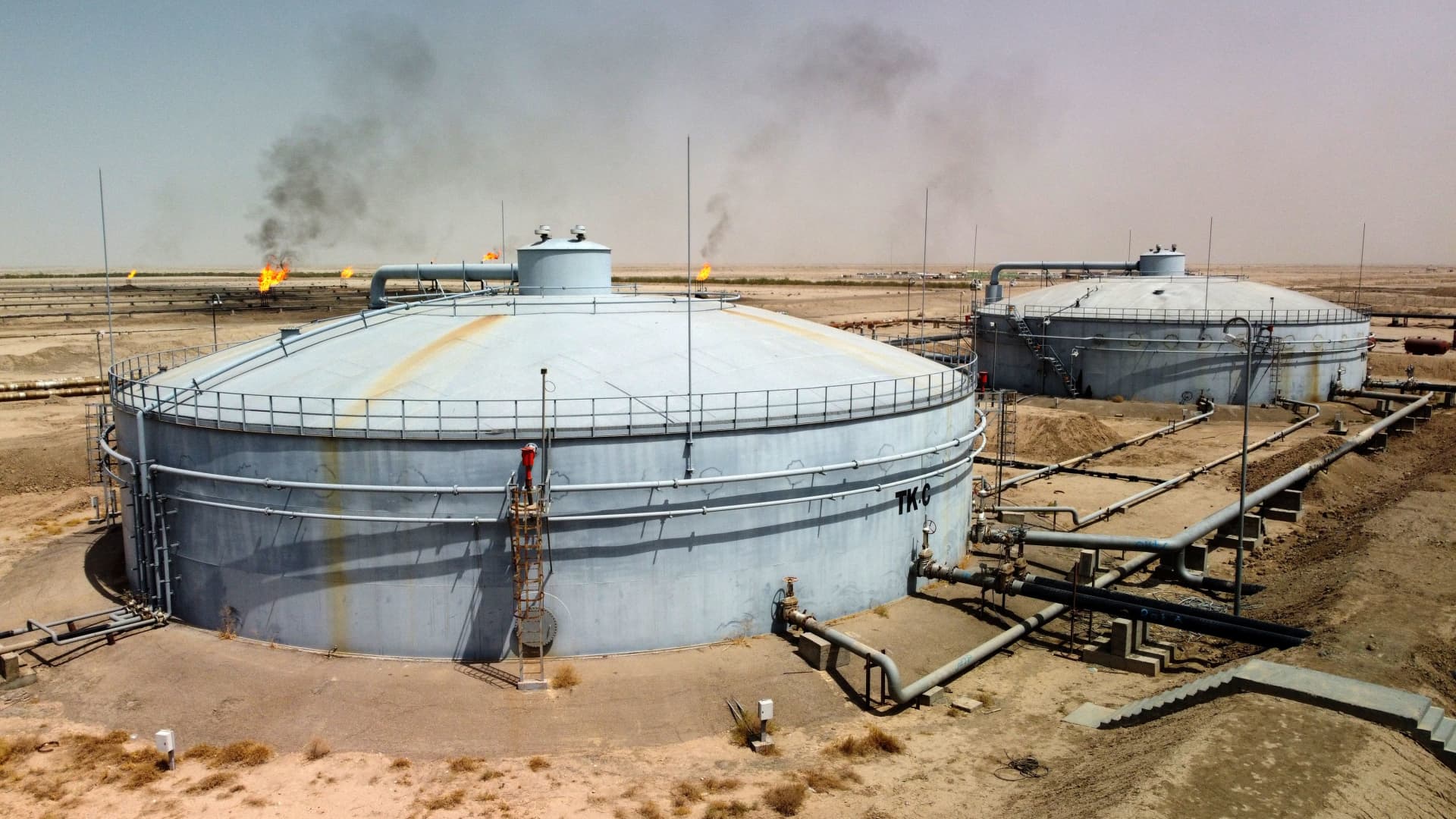Energy
Monday, June 17th, 2024 2:39 pm EDT
Key Points
- Crude oil futures saw a significant rise on Monday, marking their best week since April, driven by a nearly 4% increase in both U.S. crude oil and global benchmark Brent prices. Analysts anticipate tightening market conditions in the third quarter due to anticipated drawdowns in inventories amidst summer fuel demand.
- Helima Croft from RBC Capital Markets predicts oil stockpiles will decrease by 850,000 barrels per day in the third quarter, signaling a tightening market outlook as summer progresses. This sentiment reflects a broader expectation among analysts that market conditions will continue to tighten.
- Despite mixed economic data from China showing better-than-expected retail sales but disappointing industrial output and fixed asset investment, uncertainty persists regarding China’s economic growth and its impact on global oil demand. The International Energy Agency (IEA) revised its global oil demand forecast downward due to weaker-than-expected demand growth in China, expecting global demand to reach 960,000 barrels per day this year, lower than previously forecast.
Crude oil futures saw a rise on Monday following a strong performance the previous week, marking their best since April, amidst mixed economic signals from China. Both U.S. crude oil and Brent, the global benchmark, closed nearly 4% higher by the end of last week, driven by expectations of tightening market conditions in the third quarter as summer fuel demand reduces inventories. Helima Croft, head of global commodity strategy at RBC Capital Markets, forecasted a decline of 850,000 barrels per day in oil stockpiles during the third quarter, underscoring expectations of a tightening market ahead. This sentiment was echoed by analysts like Tamas Varga from PVM, who noted the recent rebound in oil prices after several weeks of losses, attributing it to a cautiously optimistic market sentiment without signs of significant pessimism.
Current energy prices reflect this mixed sentiment: West Texas Intermediate (WTI) for July closed at $78.83 per barrel, up 38 cents, or 0.48%, with a year-to-date gain of 10%. Brent crude for August settled at $83.02 per barrel, also up 38 cents, or 0.46%, and showing a year-to-date increase of 7.7%. Meanwhile, RBOB Gasoline for July stood at $2.42 per gallon, up 0.87%, reflecting a year-to-date rise of 15%, while Natural Gas for July was at $2.82 per thousand cubic feet, down 1.91% for the day but still up 12.3% year-to-date.
Traders scrutinized the latest economic data from China, which showed that while retail sales exceeded expectations, industrial output and fixed asset investment fell short. This mixed data added to the uncertainty surrounding China’s economic growth trajectory and its implications for global oil demand. OPEC anticipates a 4.8% growth in the Chinese economy this year, with China remaining a pivotal driver of crude consumption in the developing world. However, the International Energy Agency (IEA) revised its global oil demand forecast downward, citing weakness in Chinese demand growth which slowed from 800,000 barrels per day in Q1 to 95,000 barrels per day in April. Consequently, the IEA now projects global oil demand to grow by 960,000 barrels per day this year, down by 100,000 barrels per day from its previous estimate.
In summary, while crude oil futures rose on the back of anticipated market tightening and resilient investor sentiment, the mixed economic signals from China regarding industrial activity and consumption growth have introduced uncertainties about the future trajectory of oil demand and market stability.
For the full original article on CNBC, please click here: https://www.cnbc.com/2024/06/17/crude-oil-prices-today.html




